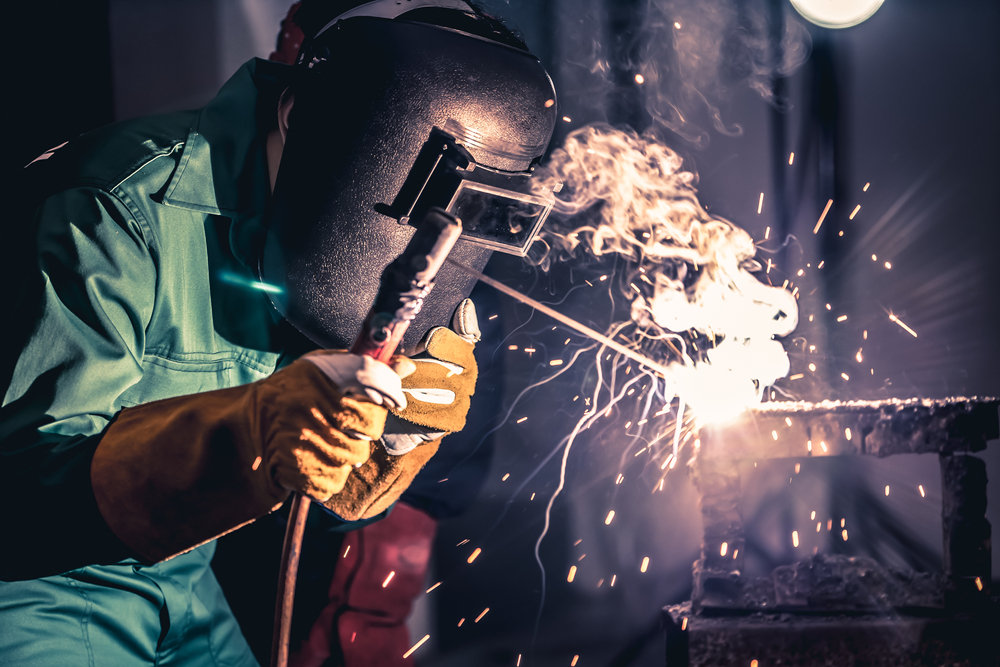In our latest installment of Ask the Expert, brought to you by the team of industry experts at EHS Hero®, we look at a recent question from a subscriber asking about the waste classification of welding rods. See what the experts had to say.
Q: Is used welding rod considered a universal waste or a hazardous waste?
A used welding rod is not a universal waste but if it is a hazardous waste, it can be exempt from hazardous waste management if it is considered a “scrap metal” that is recycled.
A used welding rod would not be considered a universal waste (UW) under either federal or state UW regulations. Under the federal UW rules, management as a UW is limited to: batteries, pesticides, mercury-containing equipment, lamps and aerosol cans. Although states are allowed to add their own UWs to this list, no state has currently added welding rod.
Regarding whether a welding rod is a hazardous waste, it is possible as welding rods can contain materials that would classify them as a hazardous waste. Such materials can include manganese, zinc, cadmium, chromium, copper, lead, fluoride or vanadium. The rod’s Safety Data Sheet (SDS) should be helpful in making this determination. Should the SDS or testing indicate that they are a hazardous waste, they would have to be handled and disposed of in accordance with the federal hazardous waste and any applicable state and local regulations or requirements unless there’s an applicable exemption from such regulation.
Welding rods, however, could be considered under the federal rules to be “scrap metal” which is defined at 40 CFR 261.1(c)(6) as “bits and pieces of metal parts (e.g., bars, turnings, rods, sheets, wire) or metal pieces that may be combined together with bolts or soldering (e.g., radiators, scrap automobiles, railroad box cars), which when worn or superfluous can be recycled.” For scrap metal, there are two exemptions from regulation as a hazardous waste, provided the scrap metal is recycled. The first exemption, found at 40 CFR 261.4(a)(13), excludes from the definition of solid waste “processed scrap metal, unprocessed home scrap metal, and unprocessed prompt scrap metal being recycled.” Each of these types of scrap metal (“processed,” “home,” and “prompt”) are defined at 40 CFR 261.1(c). Welding rods are likely to meet the definition of “processed scrap metal.” As you probably know, if a waste is exempt from being defined as a solid waste, it cannot be considered a hazardous waste.
The second exemption, found at 40 CFR 261.6(a)(3)(ii) exempts from hazardous waste management “scrap metal not excluded under 40 CFR 261.4(a)(13)” [the first exemption] provided it is recycled. According to a note in an EPA memorandum from 2018, this second scrap metal exemption only applies to material that would otherwise be regulated as a hazardous waste. For example, if a welding rod exhibited the characteristic of toxicity (e.g., lead) it would be subject to regulation as a hazardous waste, unless, if a scrap metal, it was being recycled in accordance with this exemption.

